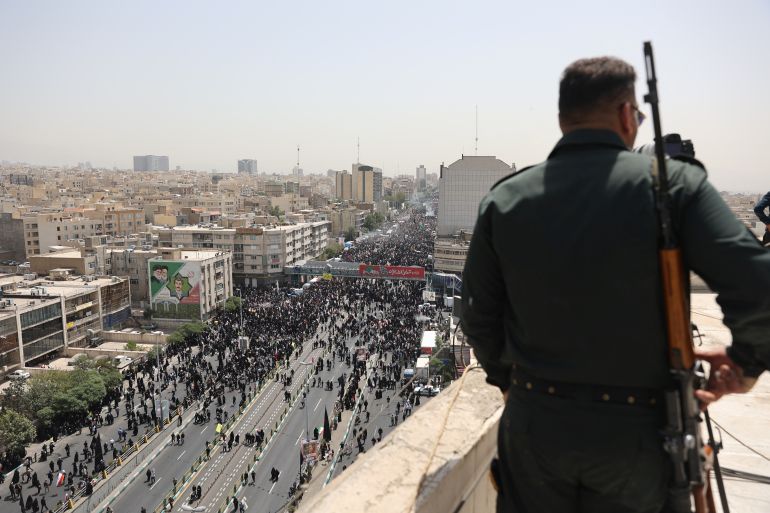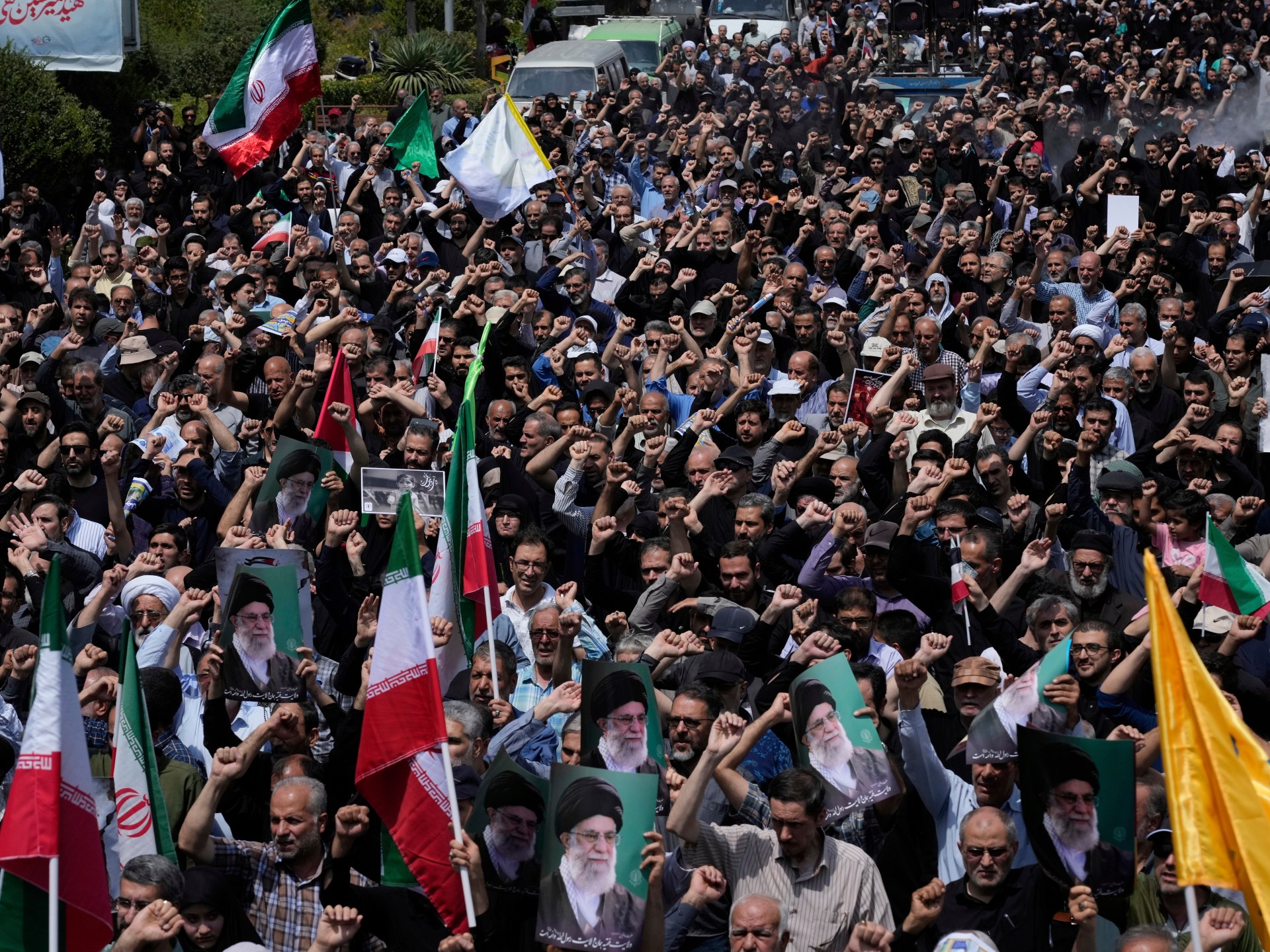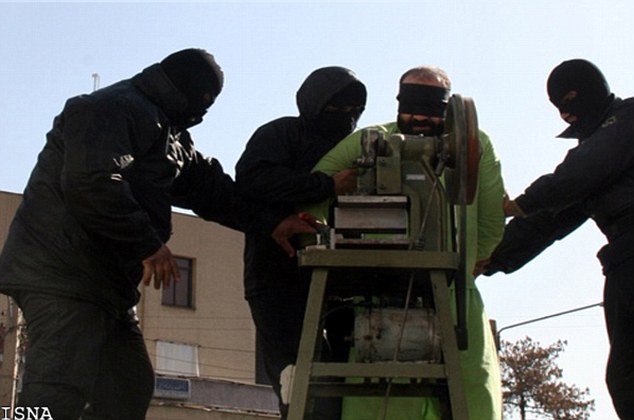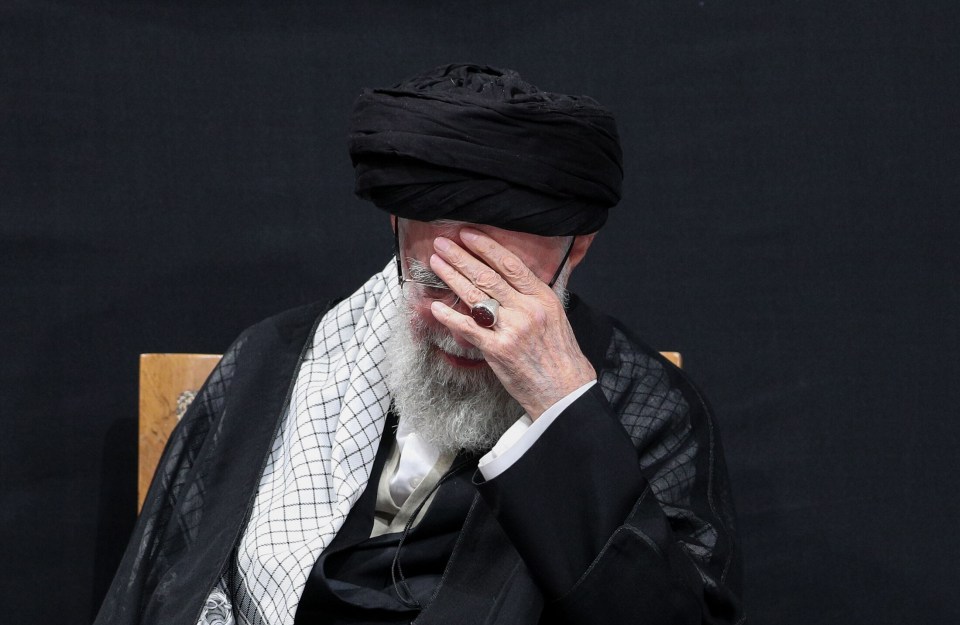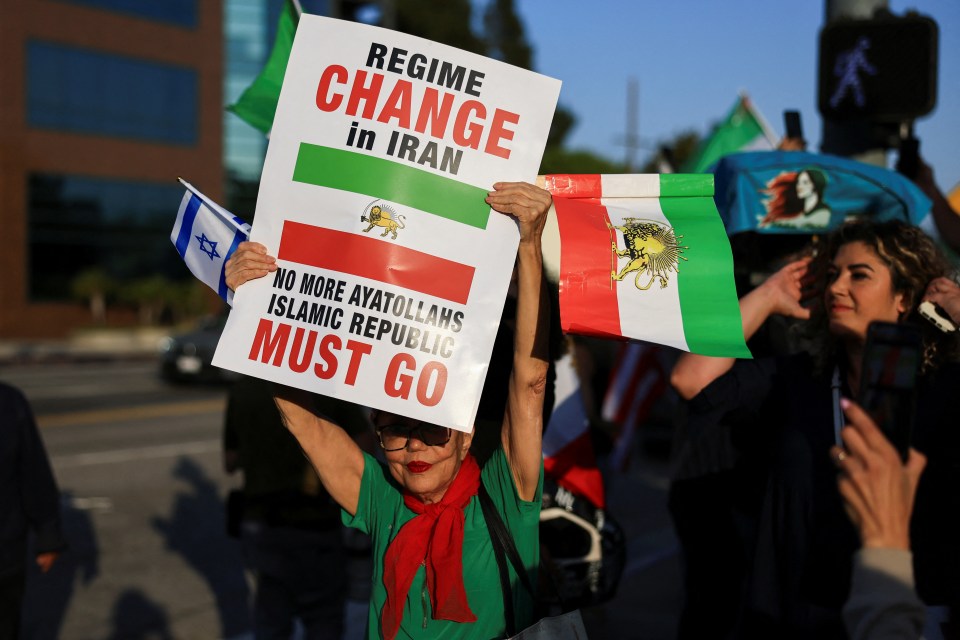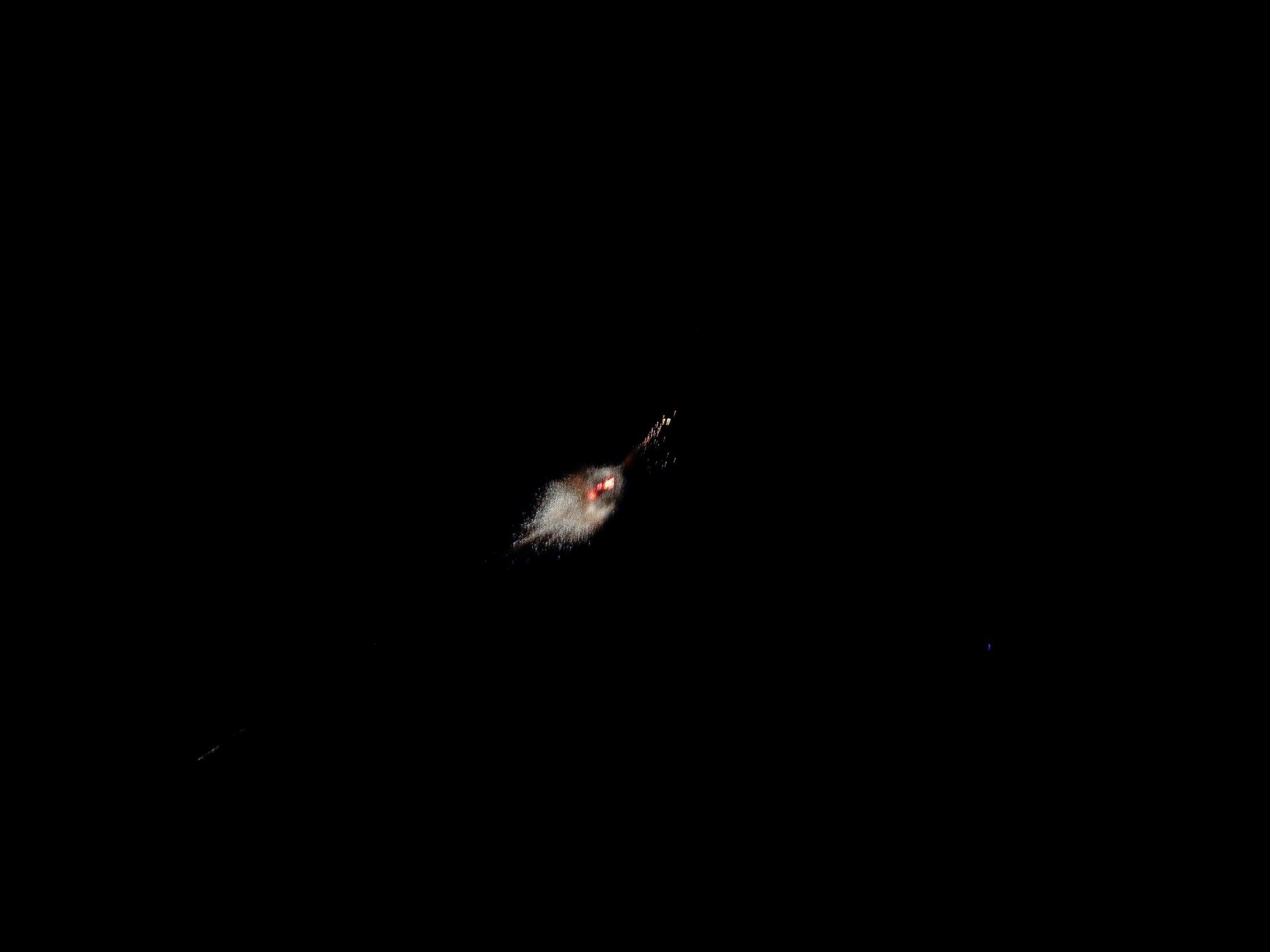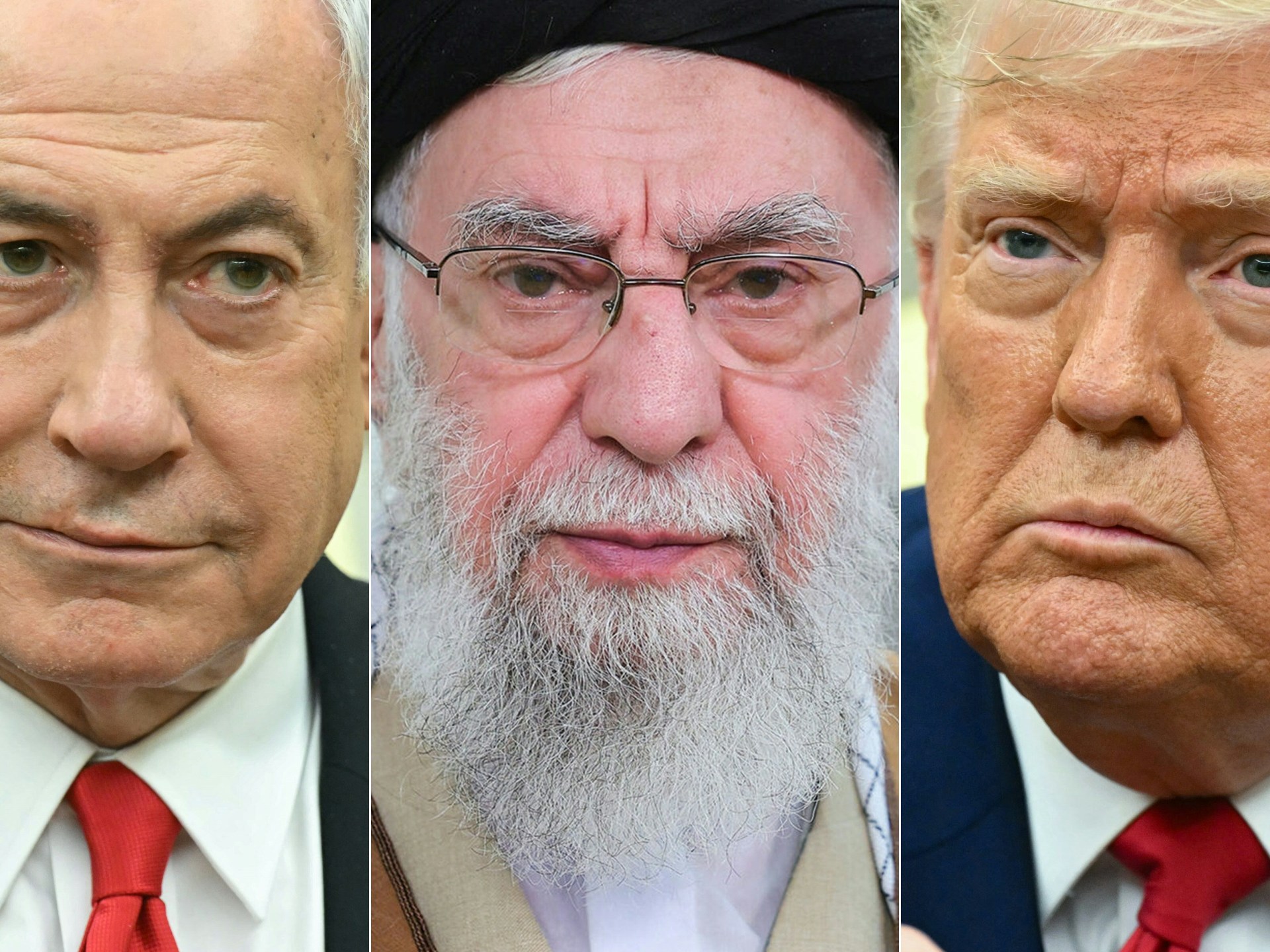Since Sunday, the Middle East has lurched from escalating war to fragile ceasefire. A truce seems to be holding, and what US President Donald Trump called “The 12 Day War” between Israel and Iran seems to be over – for now.
Meanwhile, Trump, Israel’s Prime Minister Benjamin Netanyahu and Iran’s leaders have all claimed that the pause in the conflict happened on their terms.
So, what’s the truth? What did Israel achieve? Did Iran manage to defend its strategic assets? And is the truce a pathway to peace?
How did events unfold?
Late on Saturday night, at Israel’s behest, the US entered the Israeli-Iranian war with strikes on Iran’s nuclear facilities at Fordow, Natanz and Isfahan, “completely obliterating” them, in Trump’s words.
On Monday, Iran struck back, firing missiles at the largest US airbase in the Middle East, Al Udeid in Qatar.
It appeared as though the Middle East was poised for a broader, longer war.
But within hours, Trump announced on Truth Social, his social media platform, “It has been fully agreed by and between Israel and Iran that there will be a Complete and Total CEASEFIRE.”
Trump called it “the 12 Day War … that could have gone on for years and destroyed the Middle East”.
Four hours after the ceasefire was supposed to take effect, Israel launched a strike against Iran in retaliation for what it said were two ballistic missiles entering its airspace, launched from Iran. Both were intercepted. Israel’s retaliation destroyed a radar station near Tehran.
Trump was furious. “I’m really unhappy that Israel went out this morning,” he told reporters.
“We’ve got two countries that have been fighting so hard and for so long, that they don’t know what the f*** they’re doing.”
Iran said it did not fire those missiles. By 11:30 GMT the ceasefire was back in effect. Trump spoke to Netanyahu.
“ISRAEL is not going to attack Iran. All planes will turn around and head home, while doing a friendly ‘Plane Wave’ to Iran. Nobody will be hurt, the Ceasefire is in effect!” Trump wrote on Truth Social.
What did Israel achieve?
Israel has long claimed that Iran is its number one existential threat, but it has never before struck Tehran’s nuclear facilities.
On June 13, it crossed that red line, bombing the surface installations of the Natanz fuel enrichment plant and the Isfahan nuclear technological complex. Iran retaliated by launching drones and missiles at Israel.
Israel had struck nuclear installations in Syria and Iraq before, but it has now proved it can carry out a complex mission much further afield.
It also withstood international accusations that its mission wasn’t legal. Israel claims it was anticipatory self-defence, but not everyone agrees that Iran is developing a nuclear bomb, or that it planned to use it against Israel imminently.
“I speak with world leaders and they are very impressed by our determination and the achievements of our forces,” Netanyahu said on June 18.
Finally, Israel proved it can convince the US to enter a limited Middle Eastern offensive it has started. In previous wars in 1967 and 1973, the US had provided material support to Israel when it was attacked, but had not assisted it with direct operational involvement.
Netanyahu thanked Trump for “standing alongside us”.
Operation Rising Lion against Iran took place in the wake of conflicts that Israel has waged against Iran’s regional allies – the Houthis in Yemen, Hamas in Gaza and Hezbollah in Lebanon. Hamas and Hezbollah have been weakened over the past two years.
Did Iran manage to defend its nuclear programme?
Israel managed to significantly damage surface targets in Iran, and the US claims to have destroyed underground nuclear facilities.
But while satellite photography shows that their missiles hit their mark, there is no independent confirmation available to verify what was destroyed. That will need on-site inspections.
“At this time, no one – including the IAEA – is in a position to have fully assessed the underground damage at Fordow,” said Rafael Grossi, director of the International Atomic Energy Agency, the United Nations nuclear watchdog, on Monday, after the US strikes. “Given the explosive payload utilized, and the extreme vibration-sensitive nature of centrifuges, very significant damage is expected to have occurred,” he said.
Also unknown are the whereabouts of 400 kilogrammes (880 pounds) of highly enriched uranium that the IAEA has said Iran now possesses.
Mohammad Eslami, the head of Iran’s Atomic Energy Organisation, suggested the nuclear programme would emerge unscathed. “Preparations for recovery had already been anticipated, and our plan is to prevent any interruption in production or services,” he said on Tuesday in a statement carried by the semi-official Mehr news agency.
Meanwhile, confusion lingers over the source of two ballistic missiles that hit Israel on Tuesday morning, three and a half hours after the ceasefire began. Iran’s government officially denied having launched the missiles.
So who did? And were they fired accidentally – like the Iranian missile that accidentally brought down a Ukrainian passenger plane in 2021, killing 176 people?
How likely is another strike on Iran?
What Israel and Iran have agreed to is a ceasefire. They haven’t made peace.
On Iran’s nuclear programme, experts say that there are – broadly speaking – two possible future paths.
Renewed UN inspections of Iranian nuclear facilities and a new treaty with Iran, perhaps resembling former US President Barack Obama’s Joint Comprehensive Plan of Action of 2015, might help Tehran ease global pressure on its programme, though it was Trump who pulled out of the JCPOA, not Iran.
This is where European powers can play a role. Three of them, the United Kingdom, France and Germany, met with Iranian Foreign Minister Abbas Araghchi on June 20, along with the European Union’s foreign policy chief, Kaja Kallas, in an effort to avert US strikes. That bid failed, but although the EU cannot alone leverage Iran into a compromise, it can act as a counterpoint to US-Israeli hard power.
“Iran will try to involve the Europeans diplomatically by proposing enhanced monitoring and making commitments in its nuclear programme,” Ioannis Kotoulas, an adjunct lecturer in geopolitics at Athens University, told Al Jazeera.
“The US could accept a peaceful nuclear programme – [US Secretary of State Marco] Rubio has already said so. The likelihood is that the US won’t try to force regime change,” he said. “Europe is now Iran’s only way out. Russia is unreliable.”
But Israel has previously tried to scupper any nuclear deal between the West and Iran, and is unlikely yo accept a fresh agreement.
And will Iran even be open to a compromise, after the US pulled out of its previous nuclear deal with Tehran, then changed goalposts during recent talks, and finally joined Israel in bombing Iranian nuclear facilities while they were supposed to be negotiating an agreement?
“That really depends on dynamics within the country and how any climbdown is phrased, but there have already been calls to cease uranium enrichment from activists within the country,” Ali Ansari, a professor of Iranian history at St Andrews University, told Al Jazeera.
So far, Iran sounds unyielding in the pursuit of its nuclear programme.
On Monday, the national security committee of Iran’s parliament approved a bill pushing for the full suspension of Tehran’s cooperation with the IAEA if approved in a plenary session.
Meanwhile, Trump emphasised on Tuesday on social media that he would not allow Iran’s nuclear programme to resume.
If that fundamental tension remains intact, another round of strikes and counterstrikes that suck in the US might only be a matter of time.

